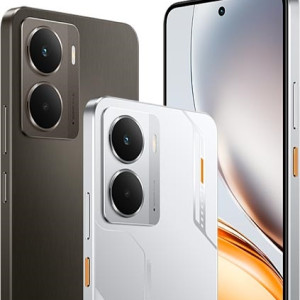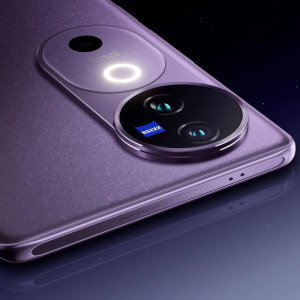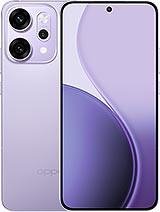Account Login
Popular Brands
Latest News
Vivarium is Now Live on the Official Quest Store
Jun 06, 2025
World War Z VR Coming Later This Year
Jun 06, 2025
Latest Reviews
Pros and Cons of Realme Neo7x
Feb 25, 2025
Pros and Cons of the Realme Neo7 SE
Feb 25, 2025
Apple iPhone 16 Pro Max cameras deep dive
Nov 29, 2024
In-depth analysis of the Realme GT 7 Pro cameras
Nov 29, 2024
















It has an IP68/IP69 rating, meaning it's both dust tight and resistant to high-pressure water jets — a feature typically reserved for rugged phones.
Is there a microSD card slot for storage expansion?
No, the Reno 14 Pro does not support external microSD cards, but it offers internal storage options up to 1TB.
What glass technology protects the display of the Oppo Reno 14 Pro?
It uses Crystal Shield Glass, a lesser-known but robust alternative to Gorilla Glass, aimed at enhancing scratch and drop resistance.
What is unique about the triple rear camera setup?
All three rear cameras are 50 MP, with one having 3x optical zoom and another offering a 116° ultra-wide angle, plus a color spectrum sensor for accurate color reproduction.
Does the phone support high-resolution slow-motion video recording?
Yes, it can record 1080p at 240fps, which is high for slow motion at full HD resolution.
Does the Reno 14 Pro have an infrared (IR) sensor?
Yes, it includes an IR blaster, allowing it to control TVs, air conditioners, and other infrared-enabled appliances — a rare feature in modern smartphones.
What GPU does the phone use, and what does it mean for gamers?
It features the Mali-G720 MC7 GPU, part of ARM’s newer lineup designed for better ray tracing and efficiency, offering improved gaming performance at high refresh rates (120Hz).
Is the USB port limited in terms of data speed?
Yes, despite being USB Type-C, it's only USB 2.0, which is relatively slow for file transfers compared to USB 3.x or newer.
Can the Oppo Reno 14 Pro charge other devices?
Yes, it supports reverse wired charging, allowing you to use its 6200 mAh battery to charge other devices via cable.